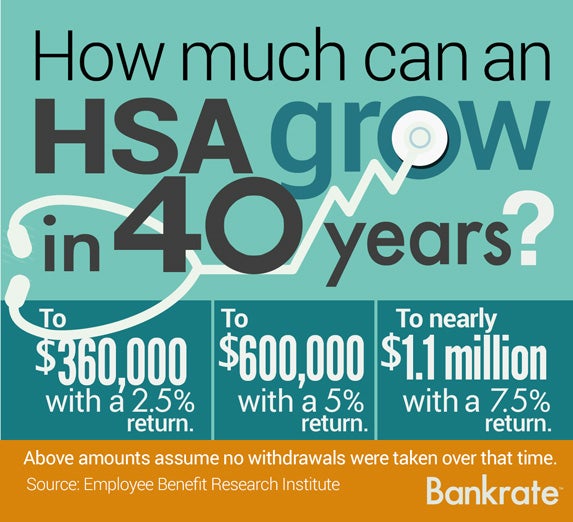Headlines are panicking.
Immediate repeal of Obamacare, but they won't have a replacement for years. Oh no!!!!!
The reality...
There were programs before Obamacare.
Much of the 'success' in Obamacare coverage is
1) driven by Medicaid/MediCal (over half of new enrollees pay ZERO premium)
2) are HEAVILY subsidized (80% of Covered California insureds get 80% + subsidies
3) LIMITED to 15% of the population that buys individual coverage
So to try to impact 15% of the population, many of which would have gotten it for free anyway, Obamacare turns the entire medical system upside-down. BTW, many of the 15% (almost half) refuse coverage that is free or heavily subsidized in the current scheme. Think about that.
Even in REPEAL, it may take several years to UNWIND what has been done. I doubt it will disappear completely and immediately with the stroke of a pen.
BTW, one of the big bugaboos about ACA is the guaranteed issue provision (GIP).
GIP means you get NO CREDIT for maintaining a healthy lifestyle.
In California, that means SMOKERS and NON-SMOKERS pay the same rate.
As do plastic surgery fanatics. As do felons with lifelong drug abuse issues.
We used to have a Major Risk Medical Insurance Program. MrMIP. People who didn't qualify for underwritten policy could purchase a policy on the MrMIP exchange. All insurers were required to participate.
A growing issue with ACA
If you have a large subsidy, you might pay $100/mo on a $1000/mo program. If the cost goes up 24% (like 2017 renewals), the new cost is $1240. With the same $900 subsidy, the new net premium is $340. So while the gross premium increased only 24%, the net increased over 200%. That's major for someone who doesn't have a lot of money.Another issue...
If your employer coverage (for ONE) costs less than 9.5% of you total pay, you get NO ASSISTANCE to cover the rest of the FAMILY. ACA, is designed to have a family of 4, devote almost 28% of their pay to health coverage. How is that affordable?
Fair?
A divorced many was required to pay for his wife's health coverage. Because they are no longer married and pay separate returns, she qualifies for LARGE subsidies. So he is able to shift his obligation to TAXPAYERS.
BTW, the picture above is a storefront for Covered California, located in a shopping mall in Southern California. The pic was taken in 2015. The sign says the location is temporarily closed, but will be coming back. Like many things related to Obamacare, that turned out to be not true.



